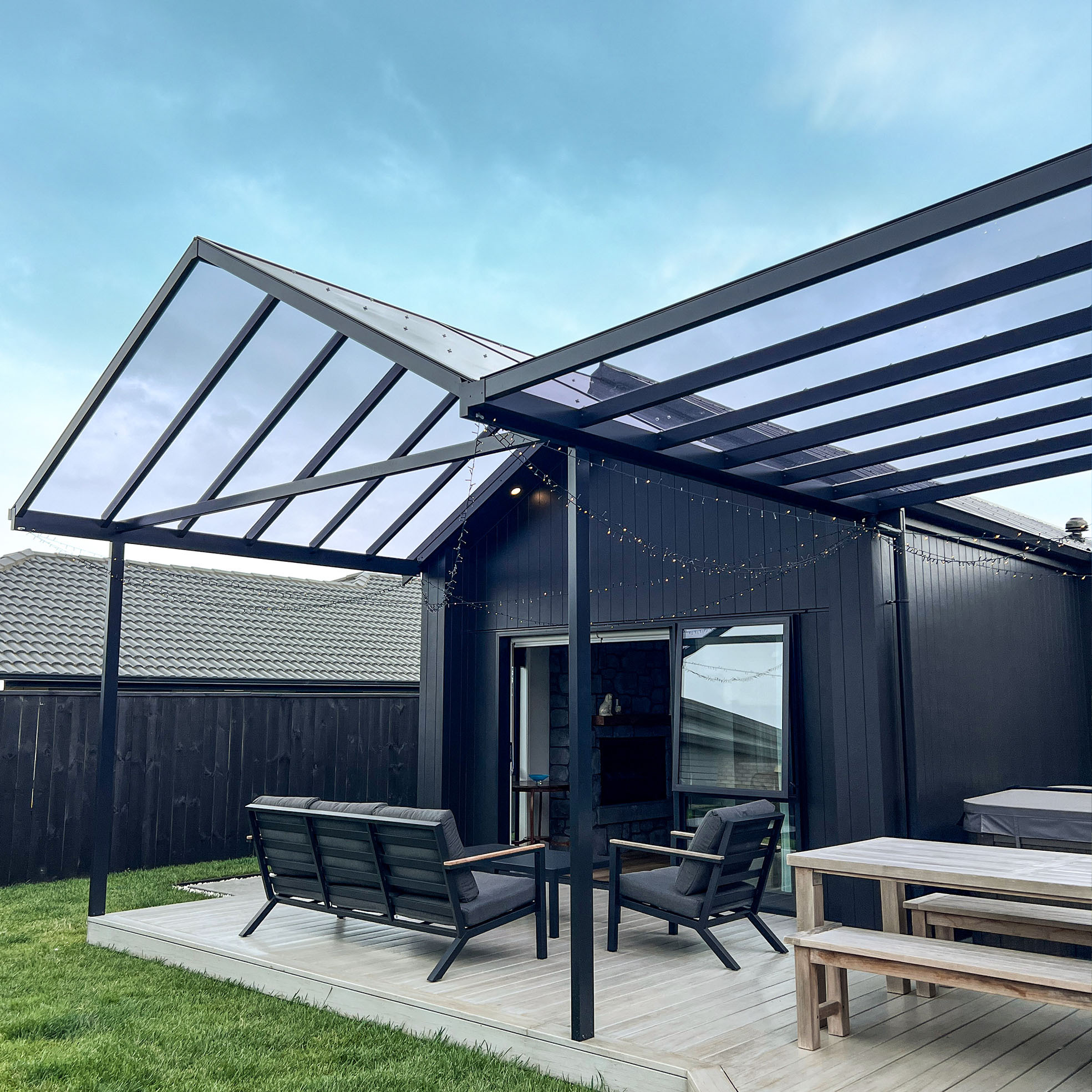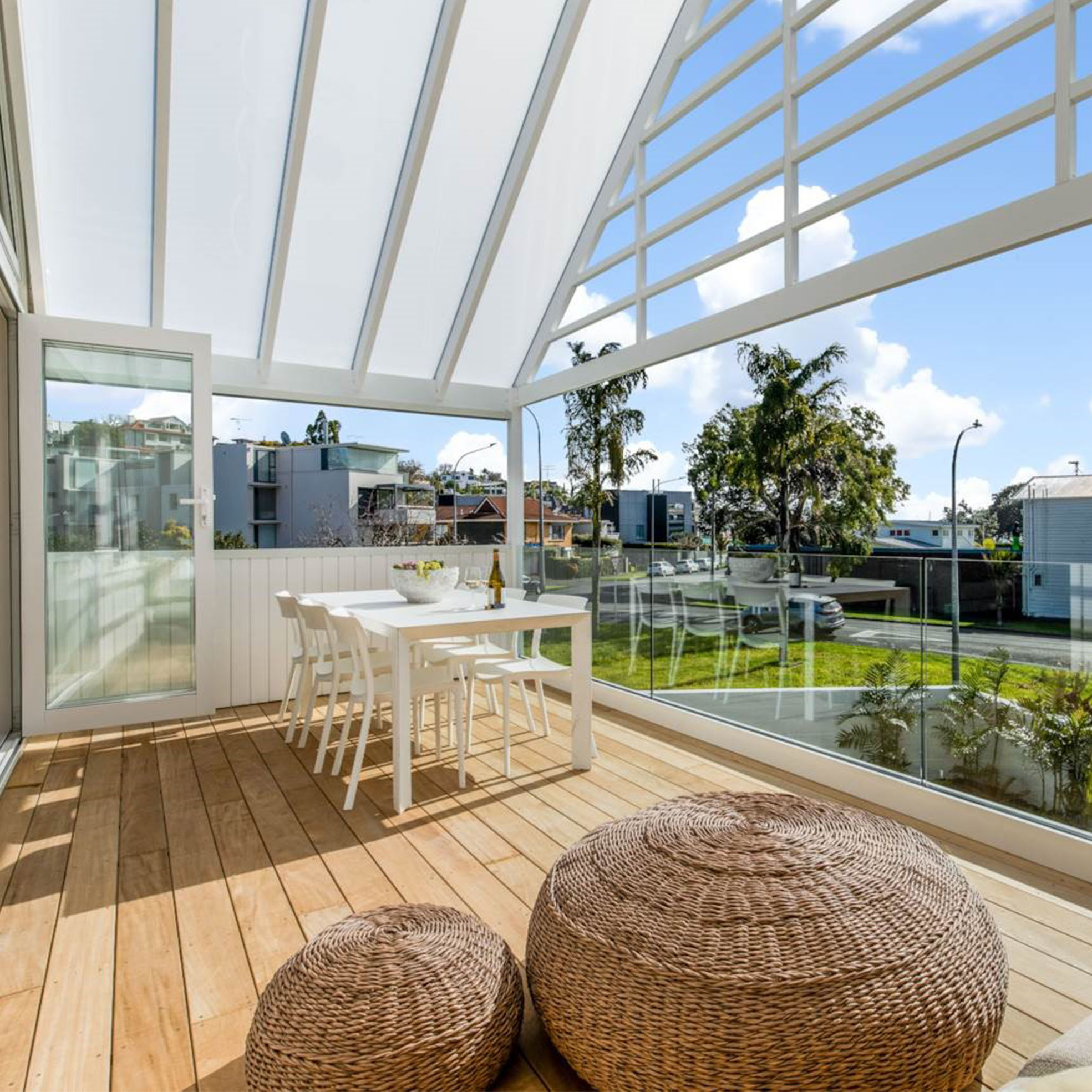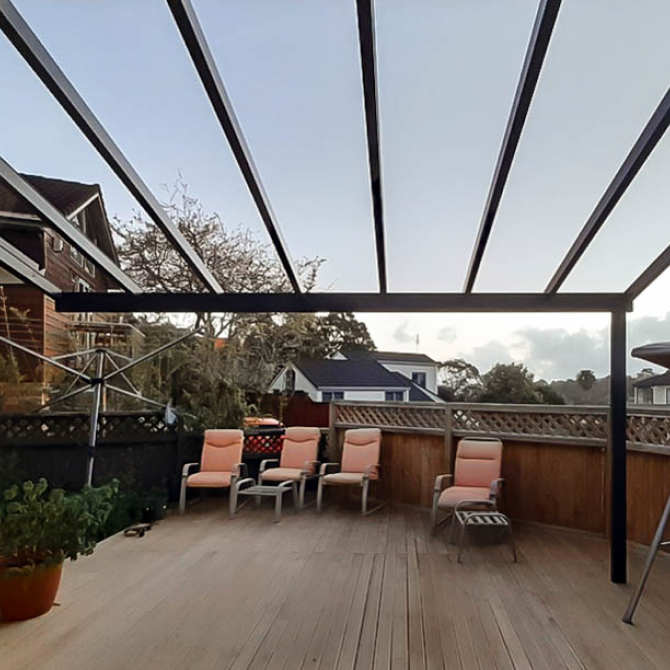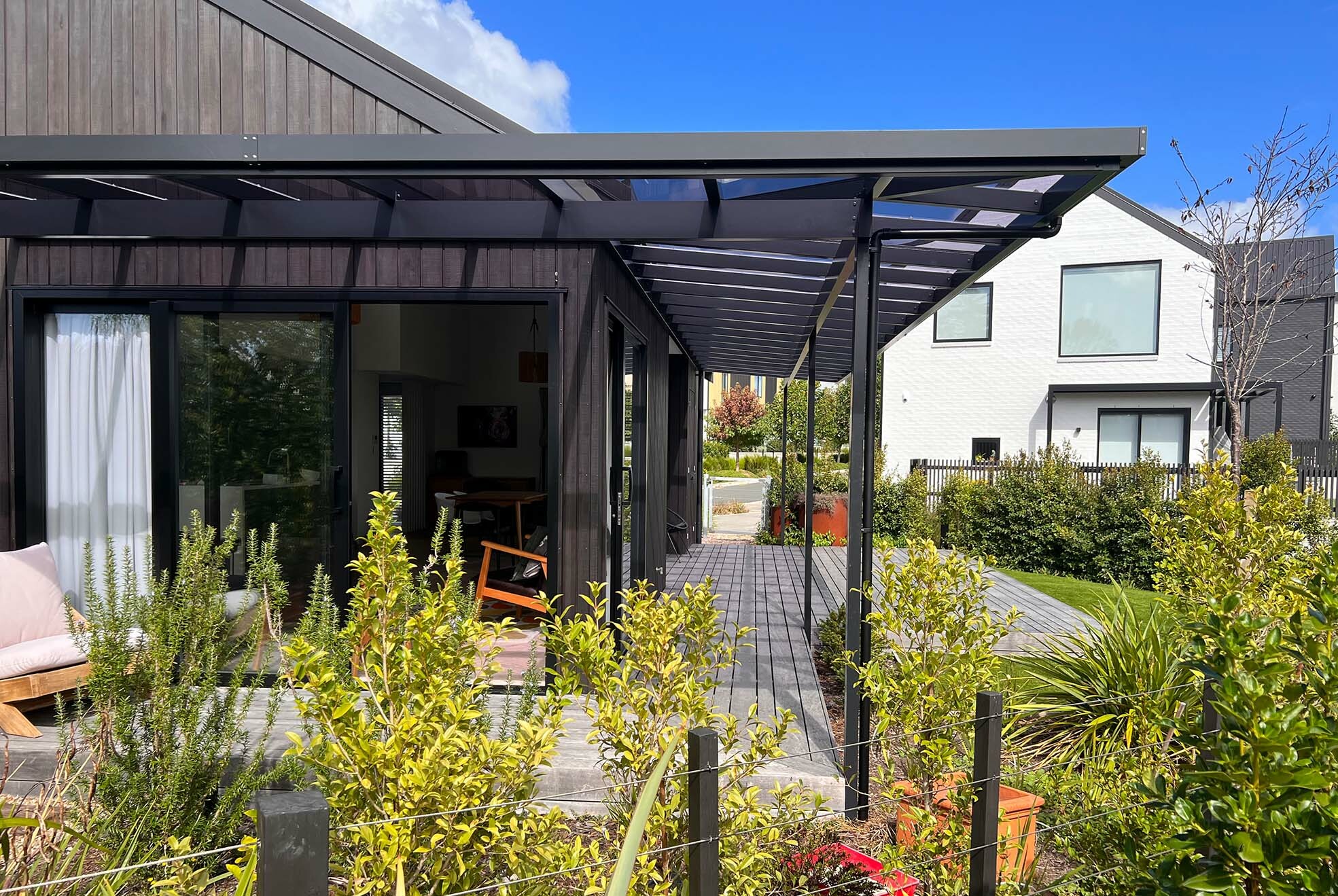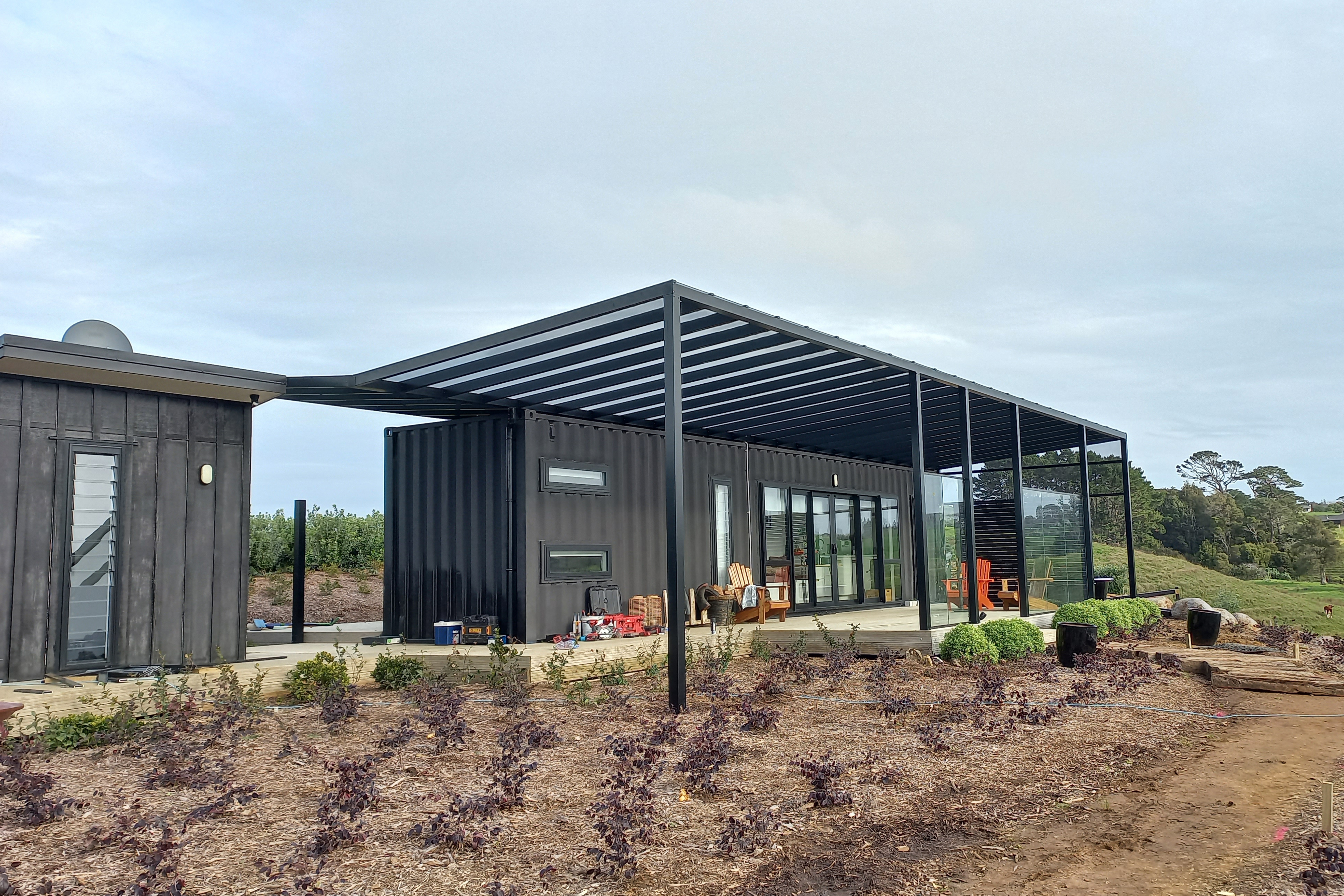The Art of Pergola Acoustics: Enhancing Sound Quality in Outdoor Spaces
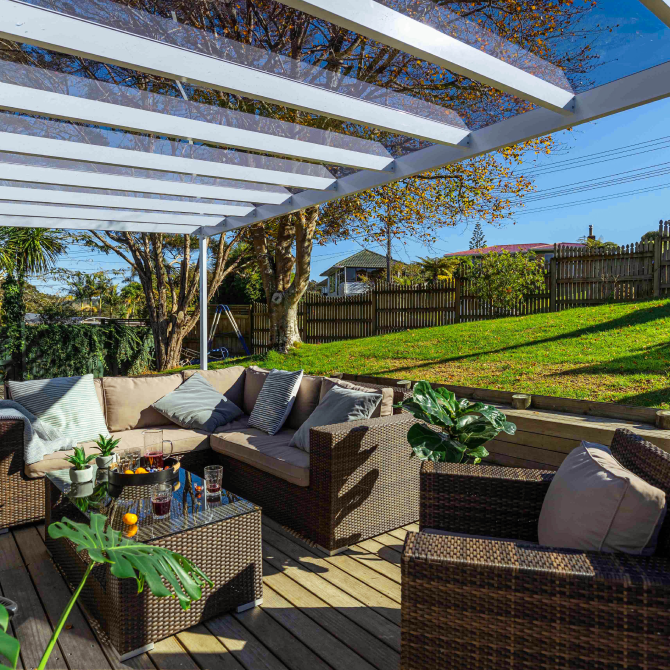
Understanding Pergola Acoustics
The concept of pergola acoustics revolves around optimising sound within an outdoor structure, which is often challenging due to the open nature of these spaces. Pergolas, a popular feature in many New Zealand gardens, can be acoustically enhanced to create a more enjoyable and functional outdoor area. The key is to understand how sound travels and interacts with materials and structures. Unlike enclosed spaces, where sound can be controlled more easily, pergolas require a strategic approach to manage acoustics. This involves considering the design and materials of the pergola, as well as its surrounding environment.
The Role of Materials in Sound Enhancement
The materials used in pergola construction significantly affect its acoustic properties. Traditional wooden pergolas, for instance, offer a different sound profile compared to those made from metal or other materials. Incorporating fabric elements, like canvas coverings or curtains, can also help in managing sound. These materials absorb sound waves, preventing them from bouncing off hard surfaces and creating echoes.
Design Elements that Improve Acoustic Quality
The design of the pergola plays a crucial role in acoustics. In Auckland, where outdoor living is integral to the lifestyle, pergolas are often designed not just for aesthetic appeal but also for functionality, including sound management. Strategic placement of beams and rafters can help in diffusing sound waves, reducing the harshness of direct sounds. Incorporating elements such as lattice panels or climbing plants can further enhance sound quality. These features act as natural sound absorbers, dampening noise levels and creating a more pleasant auditory environment. The inclusion of soft furnishing and decor, such as cushions, rugs, and canvas art, can also significantly improve sound quality by breaking up sound waves.
Landscaping and Environmental Considerations
The surrounding landscape and environment also impact pergola acoustics. In New Zealand’s varied terrain, from coastal areas to urban settings, the external environment can introduce different sound challenges. Planting dense shrubbery or trees around the pergola can act as a natural sound barrier, absorbing external noises such as traffic or wind. Water features like fountains or waterfalls within or near the pergola not only add aesthetic value but also contribute a soothing background noise, masking unwanted sounds from the surroundings. This harmonious blend of natural sounds with the pergola’s acoustics creates an inviting and relaxing outdoor space.
Innovative Acoustic Solutions for Pergolas
In recent years, there has been a growing interest in innovative solutions to enhance pergola acoustics, especially in New Zealand where outdoor living is a significant part of the lifestyle. One such solution is the integration of specialised acoustic panels designed for outdoor use. These panels can be aesthetically incorporated into the pergola’s structure, absorbing sound and reducing echo without detracting from the pergola’s design.
Another innovative approach involves the use of technology, such as directional speakers that are designed to focus sound in a specific area. This ensures that music or conversation can be enjoyed within the pergola space without spilling over into neighbouring areas. This is particularly useful in urban Auckland settings where homes are in close proximity to one another.
Considering the acoustics at the planning stage of a pergola can make a significant difference. Working with architects or designers who understand the principles of sound can result in a pergola that is not only beautiful but also acoustically balanced. This foresight allows for a harmonious blend of form and function, creating an outdoor space that is both visually appealing and audibly pleasing.


